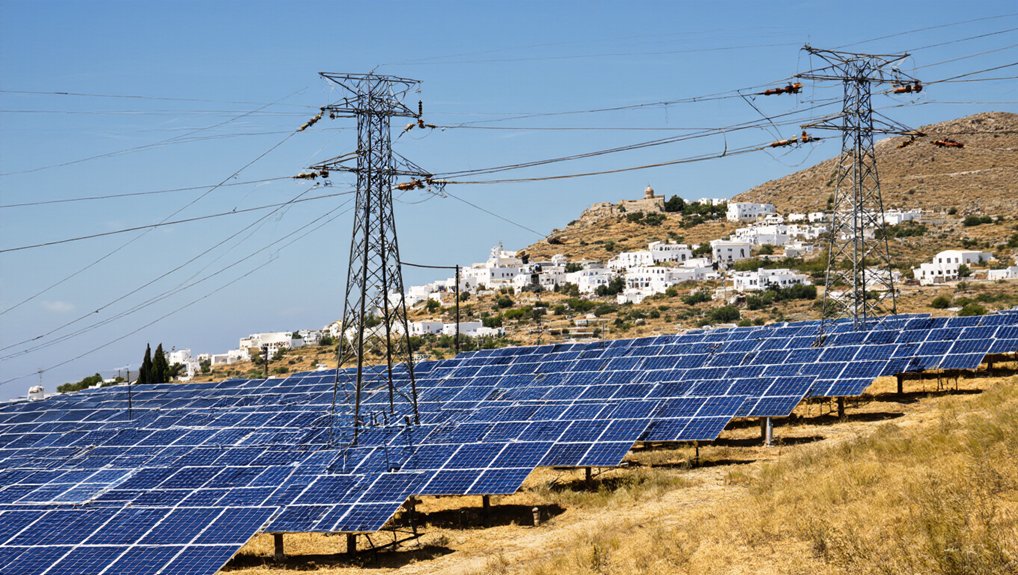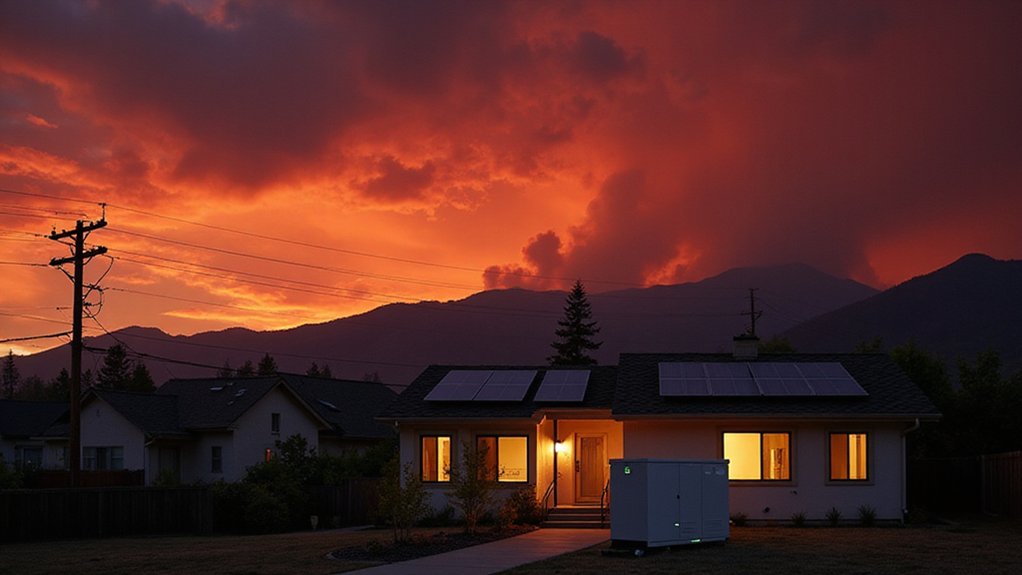California’s biomass industry isn’t growing—it’s dying. Only 23 facilities run today, down from 66. Meanwhile, 7.3 million tons of forest waste pile up annually, creating massive wildfire fuel. The state basically abandoned biomass for sexier solar and wind projects. Over 2,000 rural jobs hang by a thread while forests get denser and more dangerous. Power agreements expire by 2020, funding is pathetic at $2.5 million, and ten facilities sit idle. The situation gets worse every year.
While California loves to brag about its green energy credentials, the state’s biomass industry tells a different story. Twenty-three facilities spread across seventeen counties. Down from sixty-six just a few years ago. That’s not growth—that’s a slow-motion collapse.
The numbers paint a grim picture. Biomass generators now produce only about six percent of California’s renewable electricity, tumbling from over fifteen percent previously. Sure, these plants have an installed capacity of 800 megawatts, but only 532 MW actually gets produced. Ten facilities sit idle. Just gathering dust.
Here’s the thing about biomass: it’s not sexy. Solar panels? Cool. Wind turbines? Instagram-worthy. Burning wood waste and agricultural leftovers? Not so much. Yet this industry diverts 7.3 million tons of solid waste annually from landfills and prevents forest overgrowth that fuels wildfires. Remember those smoky teepee burners from the seventies? Biomass plants helped end that environmental disaster.
The industry employs over 2,000 Californians, mostly in rural communities where jobs aren’t exactly plentiful. These aren’t tech bros working from home—they’re hauling biomass materials thirty to forty miles to processing facilities. Real work. Dirty work. Essential work.
Government support feels halfhearted at best. SB 1122, signed in 2012, carved out 250 MW for small-scale distributed generation. That’s split between urban waste, agricultural sources, and forest materials. Crumbs, really. The state recently allocated $2.5 million through five grants to regional organizations for biomass aggregation pilots, but that’s pocket change compared to what solar and wind receive. Despite the clear need, biomass projects face high upfront costs similar to other renewable technologies but without the same level of incentives.
Meanwhile, many Power Purchase Agreements were set to expire by 2020, leaving facilities scrambling for economic viability. These power generators deliver electricity with capacity factors exceeding 90%, outperforming most other renewable sources.
The technology exists—from the 31 MW Burney Forest Power plant to smaller operations like the 50 kWh system at Dixon Ridge Walnut Farm. DTE Stockton even converted a 45 MW coal plant to biomass. Phoenix Energy runs a 500 kWh gasification unit in Merced. The infrastructure’s there. The waste materials keep piling up. The forests keep growing denser.
California’s biomass industry provides baseload renewable power that can be scheduled when needed. Unlike solar and wind, it doesn’t depend on weather. Yet here we are, watching it shrink while the state preaches about climate leadership. Makes you wonder who’s really paying attention.
References
- https://www.energy.ca.gov/data-reports/california-power-generation-and-power-sources/bioenergy/biomass-energy-california
- https://www.calbiomass.org/general-statement/
- https://wildfiretaskforce.org/market-development/
- https://biomassmagazine.com/articles/the-nonenergy-benefits-of-the-biomass-industry
- https://ucanr.edu/sites/default/files/2015-04/212196.pdf









